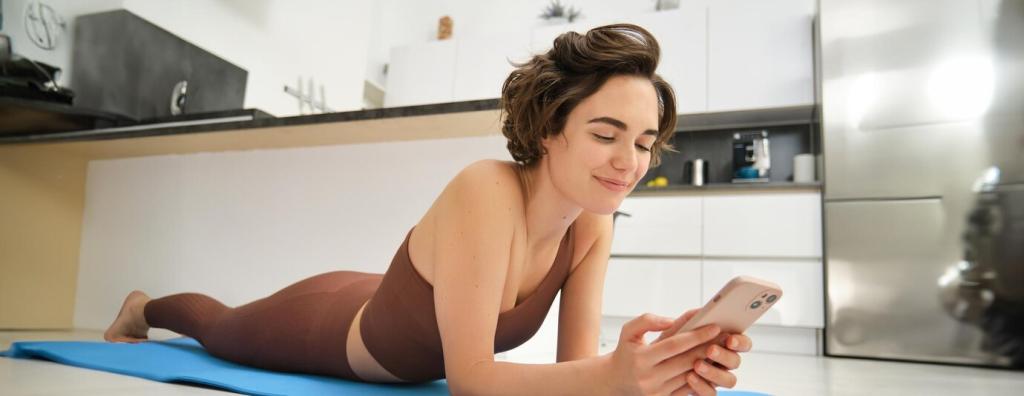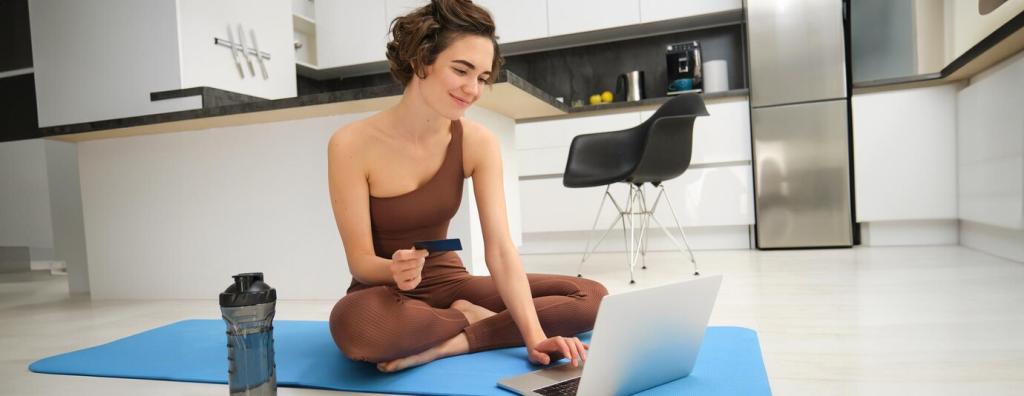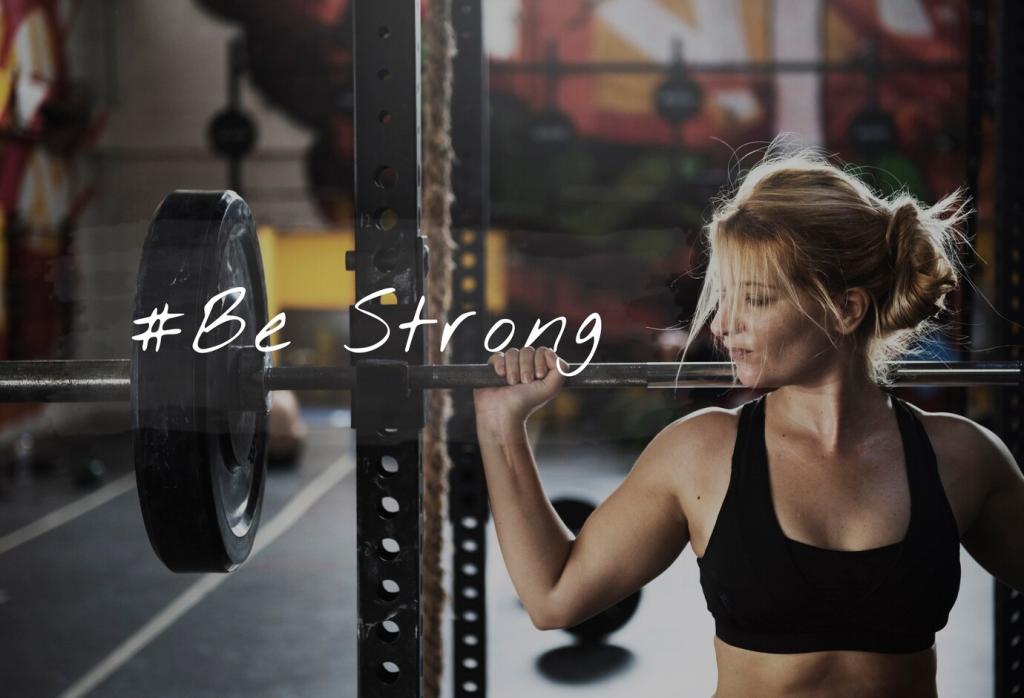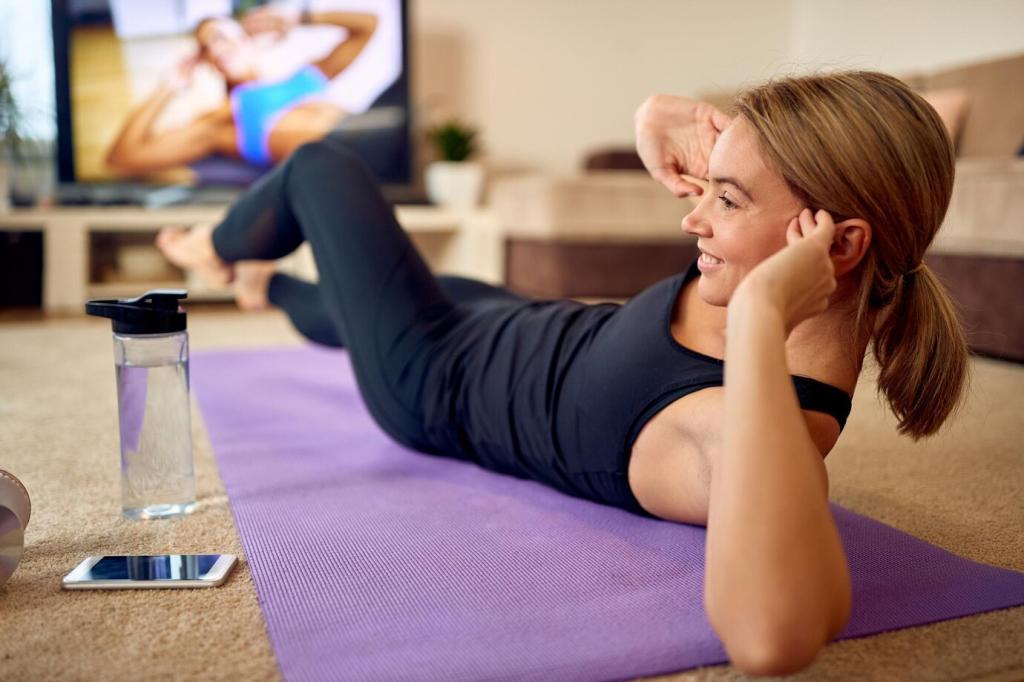
Tailored Exercise Plans for Rehabilitation: Your Personal Path Back to Strength
Chosen theme: Tailored Exercise Plans for Rehabilitation. Welcome to a friendly space where evidence meets empathy, and every exercise is chosen for you—your history, goals, timeline, and life. Subscribe to follow fresh, practical guidance designed to restore confidence, joy, and movement.
We begin by exploring your injury history, work demands, hobbies, and daily routines to form clinical hypotheses. This clarity helps us select exercises that truly fit your life. Share a detail about your day that your plan must respect, and we will adapt around it.
Start With You: Assessment-Driven Rehabilitation
Mobility, Stability, Capacity
Restoring motion, controlling motion, and then loading motion is the simple, powerful sequence. Gentle mobility prepares tissues, stability builds control, and capacity training protects you in real life. Tell us which pillar you need most today, and we will prioritize it.
Respecting Tissue Healing Timelines
Inflammatory, proliferative, and remodeling phases each demand different exercise dosages. We pace loading carefully to protect healing structures while still building resilience. Curious about your timeline? Ask in the comments, and we will outline phase-appropriate progressions.
Minimal Equipment, Max Impact
Bands, towels, a sturdy chair, and a staircase can power a smart rehab plan. We tailor exercises to your space and time constraints, without losing rigor. Subscribe for a weekly minimalist progression you can complete in under fifteen focused minutes.
We scale volume and intensity gradually, often within a ten percent weekly change, while watching perceived exertion. Step-loading blocks with occasional deload weeks keep momentum steady. Comment with your current workload, and we will suggest a safe next step forward.



Real Stories: Tailored Plans That Worked
A soccer forward, María progressed from quad sets to controlled deceleration drills, then pivot training under watchful criteria. Each phase unlocked because strength and hop tests said yes. Eight months later she scored again. What sport or activity are you returning to?
Real Stories: Tailored Plans That Worked
Sam stacked micro-sessions into workdays: hip mobility at lunch, anti-rotation holds after meetings, and walk breaks every hour. Pain eased as capacity rose, not by avoiding movement but by dosing it. Try a five-minute routine today and tell us how it felt.
Home vs. Clinic: Adapting the Environment
Clear floor space, stable supports, good lighting, and a visible schedule increase follow-through. Keep tools within reach and tempt action with a ready mat. Share a photo-free description of your setup, and we will suggest one tweak to boost consistency.
No cable stack? Use anchored bands. No step box? Use stairs. No sliders? Use a towel on tile. Thoughtful swaps keep stimulus while respecting safety. Ask for a substitution list for your favorite exercise, and we will reply with practical options.
Video sessions can be effective with smart camera angles, clear cueing, and simple metrics tracked weekly. Accountability buddies multiply consistency. Join our newsletter for tele-rehab checklists and tell us your biggest barrier so we can help remove it.

Staying Motivated: Psychology Meets Rehab Science
01
Habits, Hooks, and Cues
Stack exercises onto existing habits: after brushing teeth, do ankle pumps; after coffee, do shoulder mobility. Environmental cues beat willpower. Comment with your chosen cue, and we will share a tiny starter habit you can implement tonight.
02
Make Progress Visible
Use a simple chart, color-coded calendar, or photo sequence to capture improvements often missed in mirrors. Visibility fuels adherence and pride. Post your three most encouraging changes this month, and we will spotlight a reader example in future posts.
03
Community Keeps You Consistent
Share goals with a friend, text after sessions, and celebrate streaks. Community reduces friction and normalizes setbacks. Join the comments to find an accountability partner, and subscribe for monthly challenges tailored to your rehabilitation goals and timeline.
Safety First: When to Pause and When to Push
Red Flags You Shouldn’t Ignore
Unexplained night pain, progressive numbness, sudden weakness, or changes in bladder and bowel function deserve immediate professional attention. When in doubt, pause and ask. Save our red flag checklist and share it with someone starting their rehabilitation journey today.
Green Lights for Progress
Stable or improving pain, smoother movement, and quick recovery after sessions are encouraging signs. Slight, short-lived soreness that fades by morning can be acceptable. Tell us your latest green light, and we will suggest a respectful next progression to try.
Collaborating With Your Clinician
Bring clear notes, questions, and your exercise log to each appointment. Together you can fine-tune dosage, technique, and expectations. Invite your clinician to review this plan and subscribe for updates that keep your rehabilitation strategy aligned and current.
Tech and Tools: Smarter Personalization
Track steps, heart rate, and HRV trends to gauge readiness while avoiding rigid targets. Context matters more than any single number. Start a simple journal pairing data with feelings, then tell us which patterns most clearly predict a good session.
